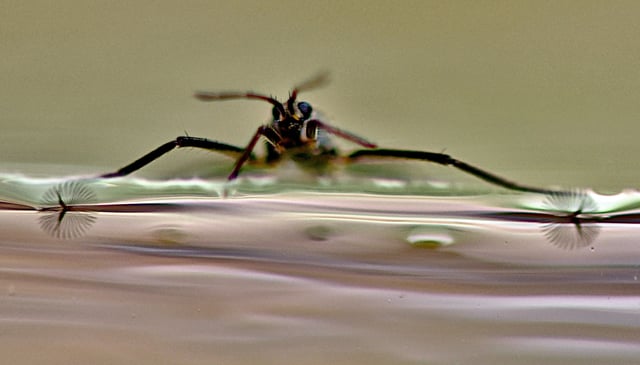Overview
- A study published August 21 in Science reports that Rhagovelia leg fans open and close automatically via elastocapillary forces rather than muscle action, with isolated fans unfurling in about 10 milliseconds.
- The insects execute sharp turns in roughly 50 milliseconds and reach speeds near 120 body lengths per second, producing distinct vortical wakes unlike non‑fanned striders.
- Scanning electron microscopy revealed a flat, ribbon‑shaped architecture of barbs and barbules that provides both collapsibility during recovery and rigidity during propulsion.
- Researchers engineered a one‑milligram, self‑deploying elastocapillary fan and integrated it into an insect‑scale ‘Rhagobot’ that outperformed non‑fanned prototypes in thrust, braking, and maneuverability.
- Proposed uses include environmental monitoring and flood‑zone search‑and‑rescue, with further field testing, power autonomy, and questions such as possible lift‑based thrust still to be addressed.
